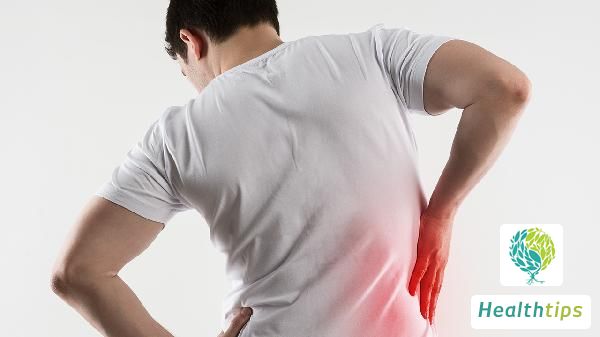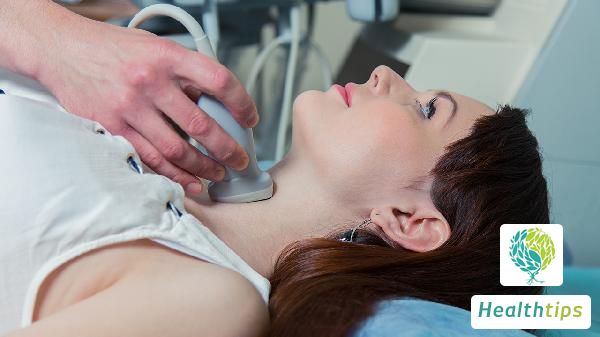What Should Be Paid Attention to During Orthodontic Treatment? Here Are 3 Key Nursing Aspects to Follow.
Some people have undergone orthodontic treatment due to crooked teeth and must follow their dentist's instructions strictly to protect their teeth. However, some individuals experience repeated bracket detachment, causing them great distress. Proper dental care is essential during orthodontic treatment. Here are some tips on how to care for teeth during orthodontic treatment:

1. Diet: Orthodontic braces are fixed directly onto the tooth surface through adhesion and will not easily fall off. Eating large amounts of bone-in foods, such as duck necks, pork ribs, or crabs, may cause brackets to detach. Slightly hard or bulky foods like pears and apples should be cut into slices or small pieces before eating. Sticky or overly hard foods, such as glutinous rice balls, peanuts, or chewing gum, should also be avoided. Slow down the pace of eating, chew thoroughly, and avoid eating hastily. If a hard object is felt pushing against the bracket while chewing, stop immediately. When braces are first applied, do not rush to eat; wait six hours to allow the muscles to adjust, preventing the formation of an orthodontic face shape.
2. Alleviating Local Pain: There will be an adaptation period of about a week when braces are first worn. There may be mild pain each time the orthodontist adjusts the braces for additional force, usually lasting for about 2-3 days, and no special medication is required. Additionally, the appliance may cause slight friction on the tongue, oral mucosa, or cheeks. When a protruding wire is found, it should be pressed down promptly to prevent irritation to soft tissue. Seek help from the dentist immediately if brackets become loose or detach, or if the archwire breaks. Mouthwash with ice cubes or cold water can help alleviate pain during this period.
3. Mastering Correct Brushing Techniques: Choose a toothbrush with soft bristles and a small head, fluoride toothpaste, and a water flosser. Establish a good habit of brushing teeth in the morning and evening, and brush teeth promptly after meals and snacks, carefully cleaning all surfaces of the teeth. Pay special attention to cleaning around the orthodontic appliance to promptly remove food residue left in the mouth. Poor oral hygiene habits may allow bacteria to proliferate in the mouth, leading to gum bleeding, swelling, periodontitis, or gingivitis. After orthodontic treatment, it is crucial to follow the dentist's instructions for cleaning teeth strictly and use dental floss regularly to remove food residue between teeth. Each brushing session should last no less than 5 minutes. Avoid vigorous brushing movements and carefully brush the chewing surfaces and the tongue side of the teeth. A smaller toothbrush can directly reach around the brackets and under the archwire. There are no specific requirements for toothpaste; it only needs to clean the mouth effectively. Regular dental check-ups are necessary to shorten the orthodontic treatment time.



















